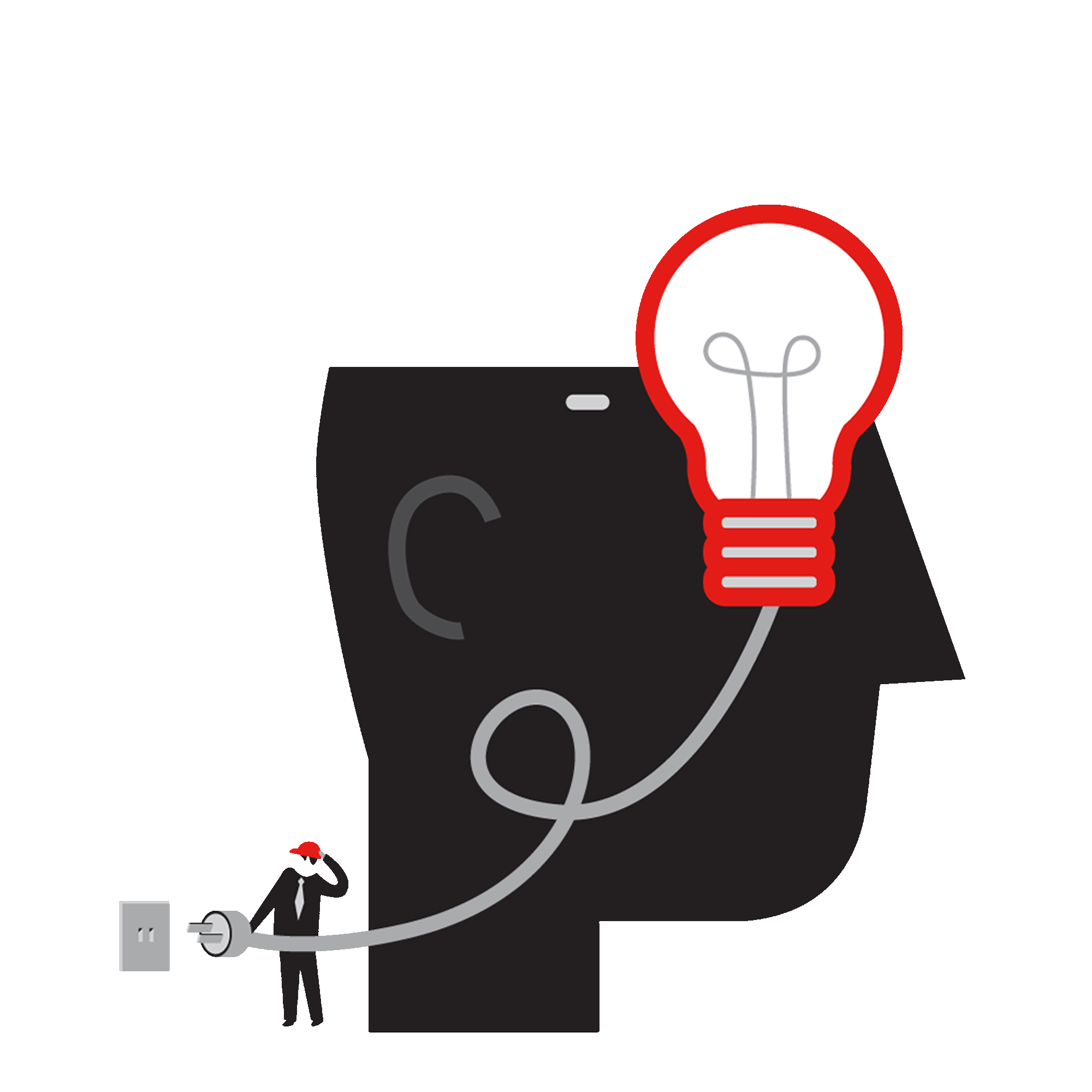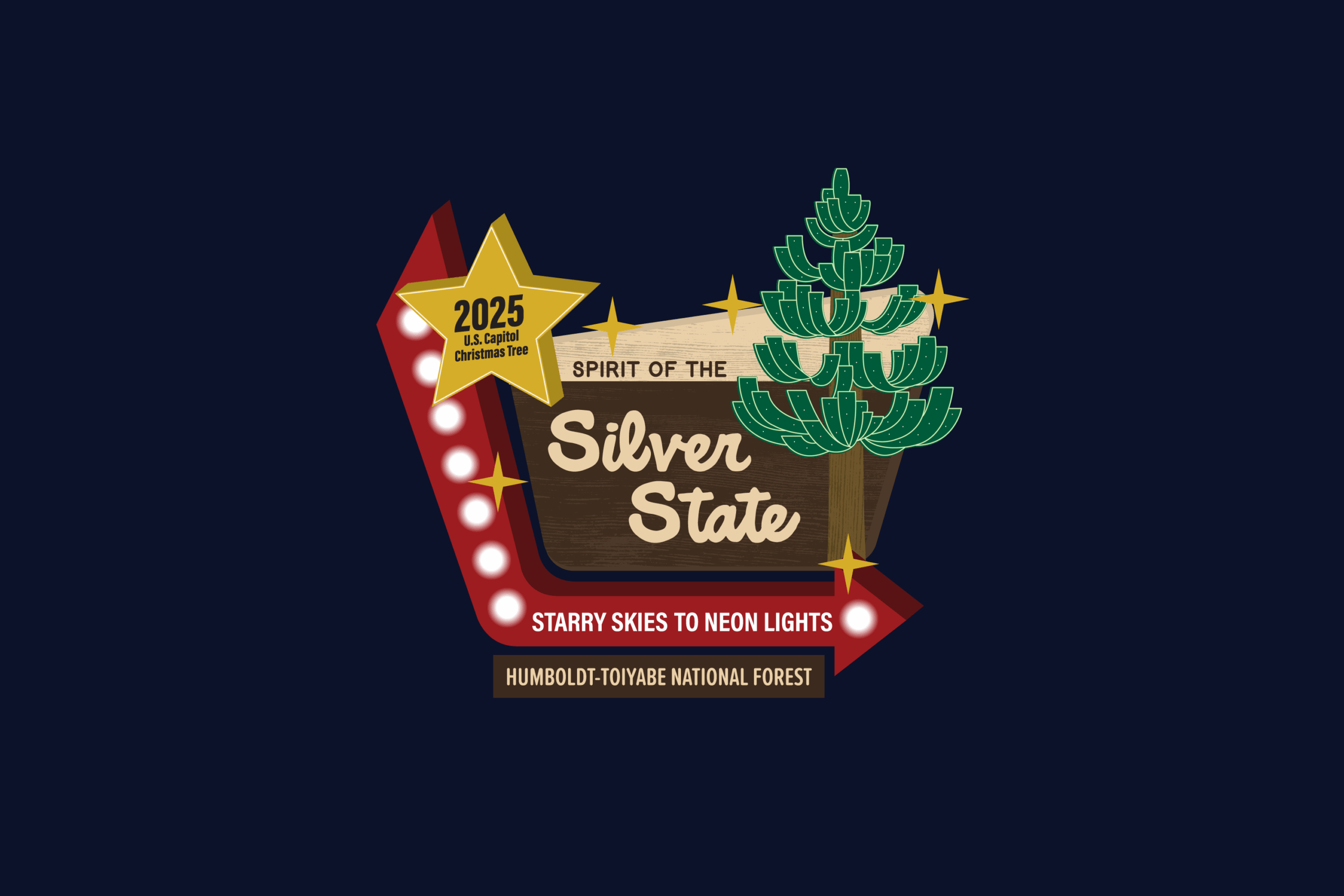It’s easy to dismiss design as surface-level polish, but in reality, it is a business tool—and a powerful one. Companies that invest in design don’t just end up with better-looking products, they see measurable, meaningful growth.
The return on design investment (RODI) is a metric that measures the impact of design on business performance. More attention is being paid to this metric, and for good reason: companies that put design first are seeing real results, from higher revenue to increased customer loyalty.
Take website costs, for example—design expenses should be seen as assets to your brand, not burdens. People form opinions about a website in just 6 to 8 seconds—and 75% of them tie that first impression to how credible they think your brand is. In other words, a great website isn’t just nice to have. It plays a huge role in building trust and how people see your brand.
When companies invest in user experience (UX), the payoff is undeniable. Forrester Research found that UX investment yields significant returns, and they extend beyond revenue: in addition to a 9,900% ROI, improved satisfaction, stronger retention, and higher conversion rates all trace back to thoughtful, user-centered design. In short, when you treat design as a business asset, you’re not just improving how something looks—you’re shaping how people interact with and remember your brand.


A report by McKinsey & Company adds to this case—companies with strong design practices saw a 32% revenue increase and 56% higher total returns to shareholders over five years. This alignment of design and business performance isn’t an outlier, it’s becoming a consistent pattern.
The Design Management Institute supports that the benefits of RODI aren’t a one-off trend: design-centric companies outperformed the S&P 500 by 228% between 2004 and 2014. This kind of sustained success doesn’t happen by accident, it’s the result of treating design not as a finishing touch, but as a core driver of value and innovation.
The numbers speak for themselves—design isn’t a cost, it’s a catalyst. So whether you’re launching a new product, reworking your website, or rethinking your brand, consider this a sign to put design at the center of the conversation.
MORE STORIES FROM THE BLOG

RODI: Design Investment as a Business Tool
It’s easy to dismiss design as surface-level polish, but in reality, it is a business tool—and

2025 U.S. Capitol Christmas Tree Logo
An initial engagement with a new client always carries a degree of uncertainty. We were introduced

Bringing Branding Back into the Physical World
Do you remember the last birthday card you got? You can probably remember who sent it,
